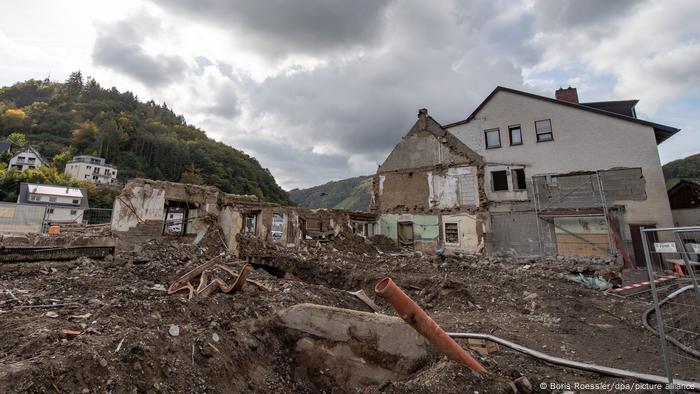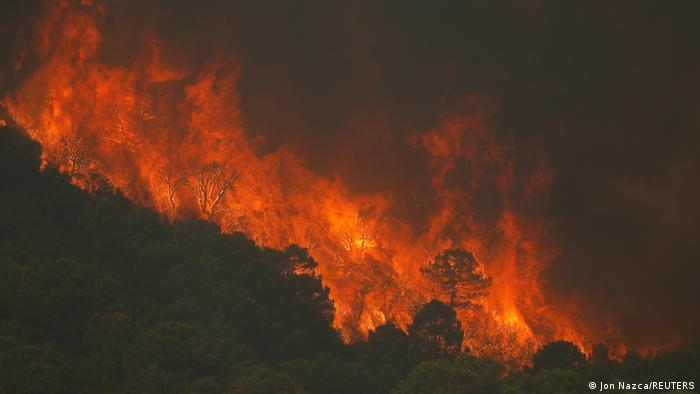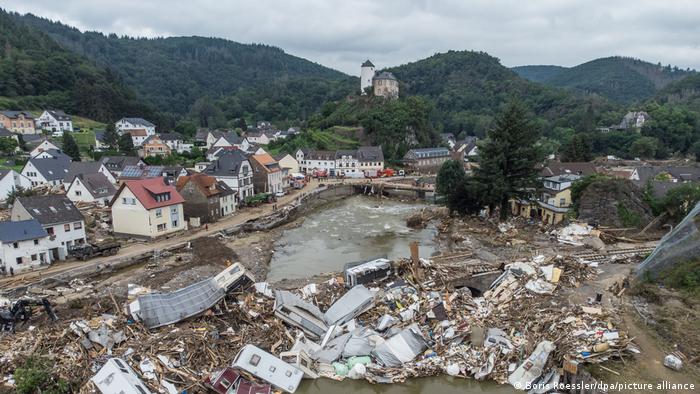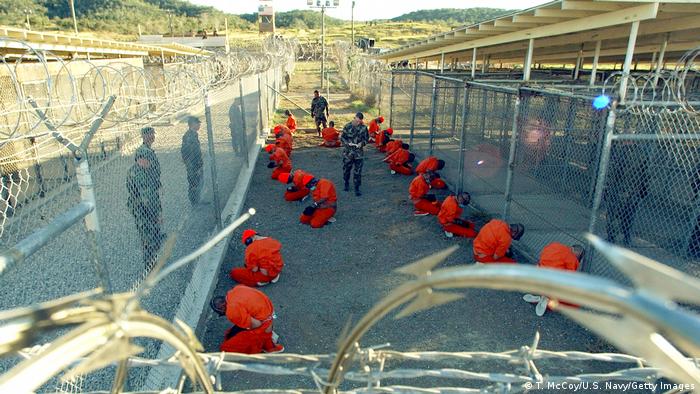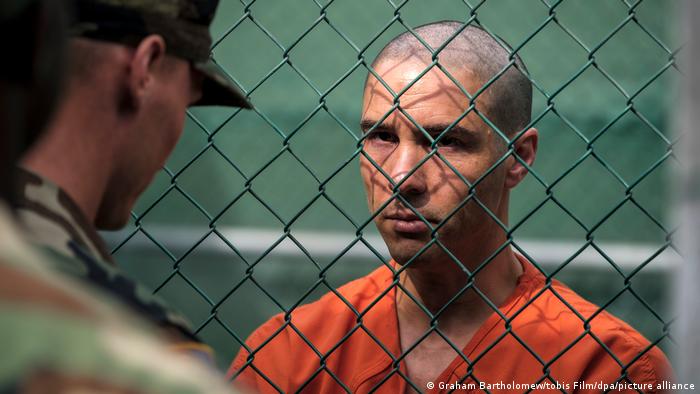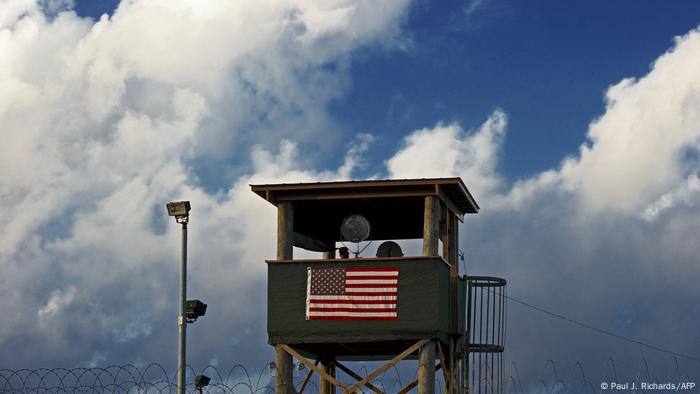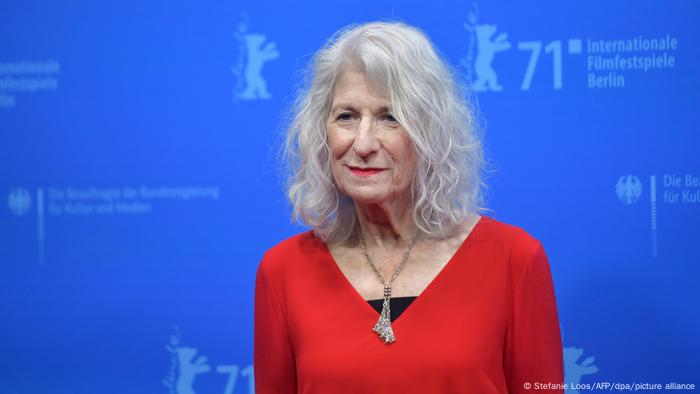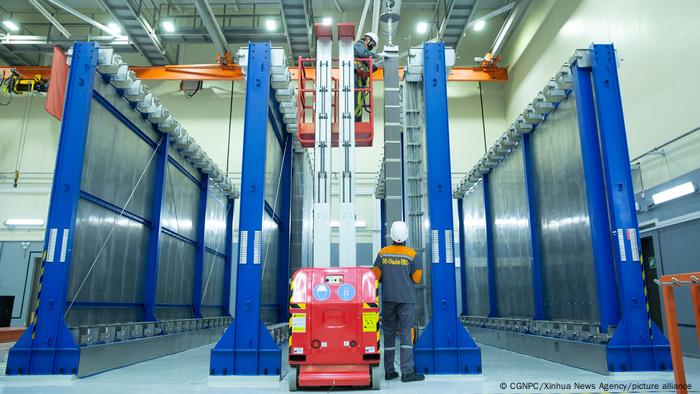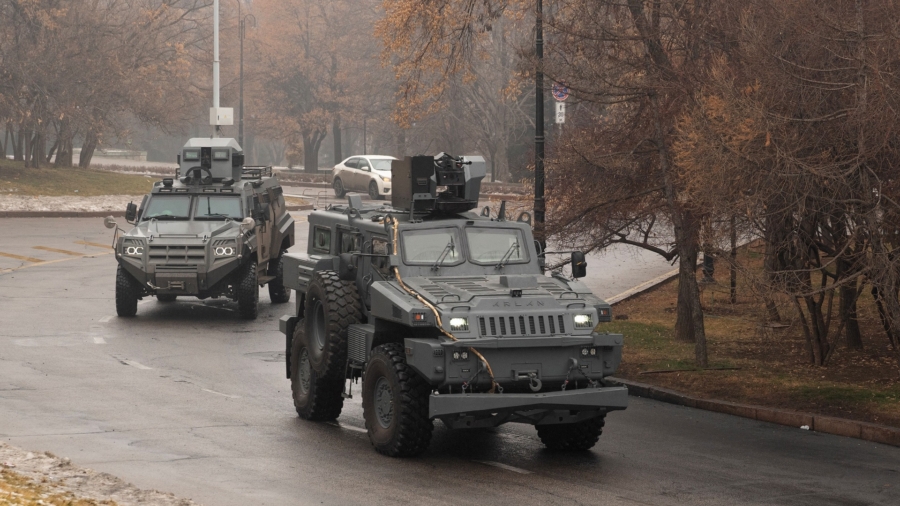David Knowles
·Senior Editor
Tue, January 11, 2022,
Thanks to the relentless pace at which humans are adding greenhouse gases to the atmosphere, ocean temperatures in 2021 were “the hottest ever recorded by humans,” according to a report published Tuesday in Advances in Atmospheric Sciences.
Since 1958, the researchers found, the world’s oceans have warmed at a steady pace. But that rate sharply accelerated in the late 1980s, warming eight times as fast as in the decades prior.
“The increased concentrations of greenhouse gases in the atmosphere from human activities trap heat within the climate system and result in massive changes in the climate system,” the report states.
The seas that are warming fastest, the report says, are the Atlantic, Pacific and Indian oceans. While factors such as El Niño and La Niña weather patterns continue to help determine short-term water temperature conditions, greenhouse gas emissions that trap solar radiation and warm the planet’s atmosphere are the bigger factor for increasing ocean warmth, according to the report
The consequences of rising ocean temperatures range from stronger tropical storms to the accelerated melting of the Earth’s polar ice, which, in combination with the fact that the volume of the oceans expands when warmed, translates into more sea level rise. Warmer oceans result in a greater amount of evaporation, which adds more moisture to the atmosphere and leads to more powerful rain events like those witnessed across the globe in 2021, as well as conditions that give rise to tornadoes.
“We used measurements from the oceans because they are absorbing the vast majority of the heat associated with global warming. In fact, more than 90% of global warming heat ends up in the oceans. I like to say that ‘global warming is really ocean warming,’” John Abraham, a professor of thermal sciences at the University of St. Thomas School of Engineering who contributed to the research, wrote in the Guardian. “If you want to know how fast climate change is happening, the answer is in the oceans.”
Major bleaching of coral reefs in 2019 in Moorea, French Polynesia. (Alexis Rosenfeld/Getty Images).
On Monday, European researchers announced that 2021 was the Earth’s fifth-warmest year on record, with La Niña conditions helping to lower temperatures on land. Still, the pattern of global warming remains crystal clear when one considers that the last seven years represent the seven warmest years for surface temperatures on record. As for ocean warming, 2021 was the third straight year to set a record.
While U.S. greenhouse gas emissions have fallen since their peak in 2005, in 2021 they rose by 6.2 percent over the previous year as the economy began to rebound from the effects of the coronavirus pandemic. Since carbon atoms can last in the atmosphere for up to 1,000 years, scientists have urged the world’s nations to immediately transition away from burning fossil fuels. President Biden has pledged to cut U.S. emissions by 50 percent by 2050, a target that most experts say will be difficult to achieve unless the U.S. Senate passes the president’s Build Back Better spending plan.
The oceans are at risk from climate change, scientists warn, causing events such as coral bleaching that endanger marine habitats.
“By altering distributions of fish stocks and increasing the vulnerability of fish species to diseases, ocean warming is a serious risk to food insecurity and people’s livelihoods globally,” the International Union for Conservation of Nature states on its website.
With the oceans absorbing the bulk of excess heat caused by global greenhouse gas emissions, it’s no wonder that many scientists have long tried to warn the world of what is unfolding. Mika Rantanen, a climate change researcher at the Finnish Meteorological Institute, summed up that sentiment Tuesday, tweeting in response to the latest study.



